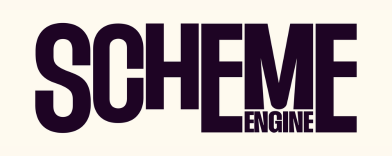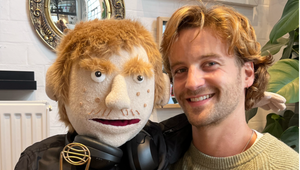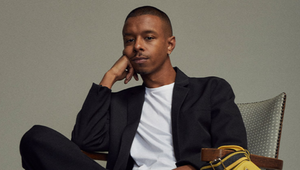
Partizan Directors on Creating a Tender Portrait of East London

When an unusual brief landed from Nowness and the V&A – inviting filmmakers to explore the emotional power of personal belongings – Partizan’s directors Ethan & Tom immediately saw something special. Rooted in the rich cultural mix of East London and created to coincide with the opening of the V&A’s East Storehouse, their film, ‘Keepsakes’, is a poetic look at memory, migration, and the objects that tether us to place.
Shot with a mixture of spontaneity and sensitivity, and crafted through a uniquely hands-on edit, the film gives voice to a diverse cast of locals, from passersby to purposefully chosen subjects, each sharing the story of a cherished item. The result is a textured, heartfelt portrait of a community in flux, where the personal becomes political, and the everyday becomes extraordinary.
LBB> How did Keepsakes first come about, what initially sparked the idea, and what were you hoping to explore through the project?
Ethan & Tom> One day we were at the Partizan office and our EP, Danny Herman mentioned an interesting brief that had come in from Nowness and the V&A on their new East Storehouse opening. We got to look over the project and see the intent on peoples’ personal belongings, and it felt like something we could explore and get our teeth into. It’s a nice feeling when projects come in like that, where they have a heart despite not having much financial backing. The film's purpose on focussing on denizens of East London was special too as Tom grew up there.
LBB> At what stage did Nowness and the V&A come on board, and how did their involvement help shape the film creatively and logistically?
Ethan & Tom> They were involved from the very beginning, coming to us with the idea of exploring people’s most cherished possessions. We were very intent on making sure this film displayed a wide range of demographics. We wanted to move the film away from being focussed on a younger age pool, moving it away from being gen z or whatever other definition. We wanted the film to be about people that make up East London. Age or whatever else didn’t matter. We’re really happy that, with the collaboration of everyone involved, we were able to make a film that allowed us to talk to people who we found interesting that happened to walk by us on the street, as well as being able to interview some specific people that we felt embodied the idea of a keepsake and reflected the community of the area.
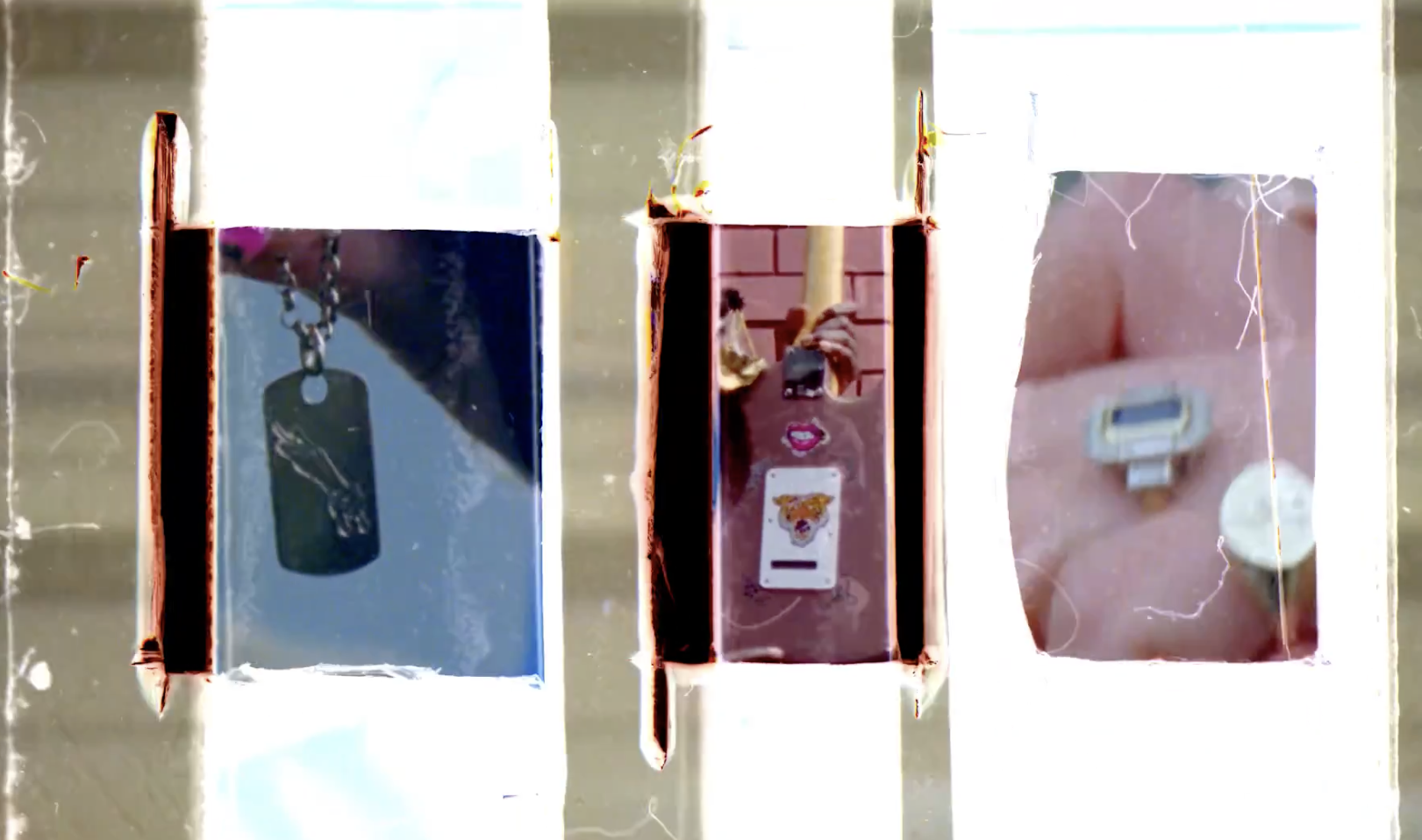
LBB> How did you go about casting the subjects featured in the film, and what kinds of stories or objects were you looking for when approaching people?
Ethan & Tom> We approached it in a very simple way, and that’s born from having spoken to people and interviewed people for projects before. Whether you’re making a documentary or not, filmmaking makes you talk to people, and you find quite quickly that almost everyone is waiting for someone to ask them a bunch of questions about themselves. There’s something inherently flattering about showing genuine interest in someone’s everyday life, and from years of doing this, we’ve learned that everyone has something interesting to share.
We weren’t necessarily looking for anything in particular when approaching people, we knew that people's objects and possessions brought stories with them from just thinking about things that we felt were special. A story would be inadvertent, and therefore we’d have lots to talk about and think about when we spoke to people.
We did however predict that some of our chosen subjects would have heartfelt stories relating to their particular object which would allegorise the history of the space. With two of our main cast, Len and Suresh, for example, these objects and their lineage that they speak about in the film; what they represent perhaps become mouthpieces for the stories of migration and gentrification that sow the area in particular, and then become microcosms for probably all cities that we know. It's nice that the objects hold personal meaning and a kind of political meaning too.
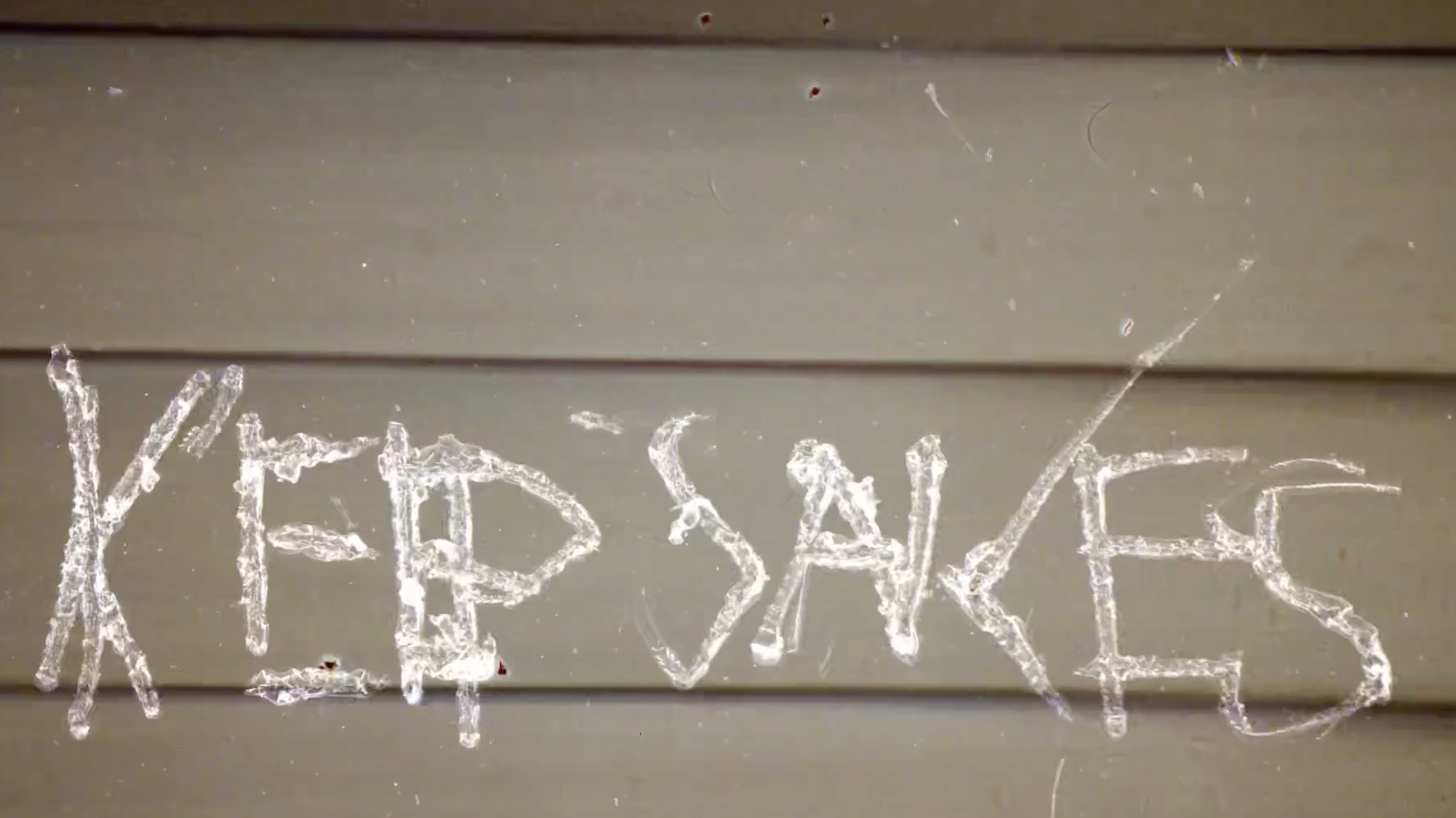
LBB> These objects clearly hold a lot of personal meaning – how did you approach each subject to make them feel comfortable sharing their stories on camera?
Ethan & Tom> I think the best way to do that is through having a bunch of people around you on your crew that you trust and get along with. And then when meeting these people which some of us had never met before, just chatting and getting into a rhythm of comfort with each other is really key. It's a strange thing having to put a camera and microphone on someone, so trying to avoid the truth that ‘this is awkward’ is like trying to avoid an elephant in the room. It is undeniably unnatural. So I think making fun of the fact that this whole thing we’re doing is quite silly disarms everyone and just makes you focus on the conversation you’re having. Trying to make the whole process feel comfortable by commenting on how ridiculous it is or something.
LBB> Why do you think keepsakes and personal collections make such rich storytelling material – and did you guide the participants at all in how they shared their stories?
Ethan & Tom> No, we didn’t really guide anyone at all, aside from sending an email prior to the day saying we’ll be asking you to speak about the object you find special. It sounds lame to say there is a story in everything but it is partly true. Within moments of people speaking about their object they were telling a story about it, for instance with the guys at E.Pellici – the spoon unavoidably tells the story of their family and the business itself, from almost a century ago, as soon as you start speaking about it. We all have some special possession that has a story attached. If anything, the unavoidable fact that ‘stories are fundamental to possessions’ made the editing process challenging – getting the film to a run time that didn’t reduce each person's story, and allowed the film to tell a larger story of community etc. That was a good challenge.
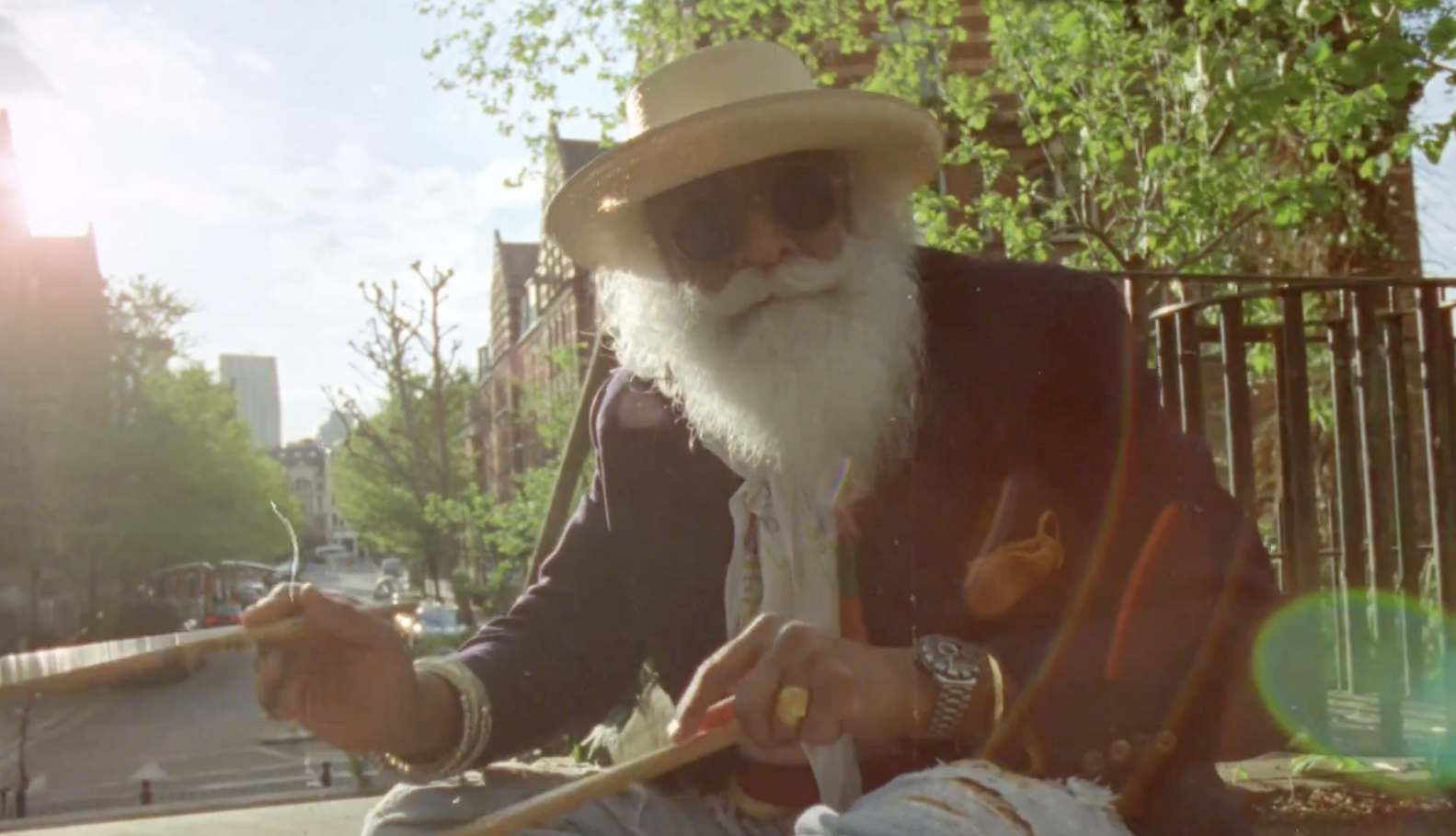
LBB> The edit was particularly gritty and crafty. How important was the edit in nailing the overall tone of the film?
Ethan & Tom> Very crucial. We did a lot of physical editing of the film. We wanted the film itself to feel like a physical object that had been touched and held and crafted. We bought a 16mm Acmade Picsync, and reassembled the whole film by hand from scratch, eye matching Liv’s cuts and adding frame by frame collages to the film.
As above, balancing each person's story not to reduce them was tricky, as we spent a long time with each individual. Editing is really interesting especially with a film like this, as sometimes hearing someone speak for 10 minutes is far less powerful than hearing them say two lines about their object, for instance, with the Irish man towards the end of the film. We spoke with him for a long time, and he actually grew up in the exact same suburb of Dublin as my grandmother. He spoke about how he moved to East London over 70+ years ago and loves it here. He said a lot. But in the structure of the film, him saying that he wears this flag on his hat and is really proud of it tells you in an instant his story. Maybe not the ins and outs of it, but enough to fill in the gap of his history.
On the other hand, with how intricate and personal some of the stories are, some you need to spend time with to gestate their person and their placement in the film. It was really interesting seeing how the film asked us to spend more time with some people and less time with others, what resonated with what part etc. It was a really fun challenge.






